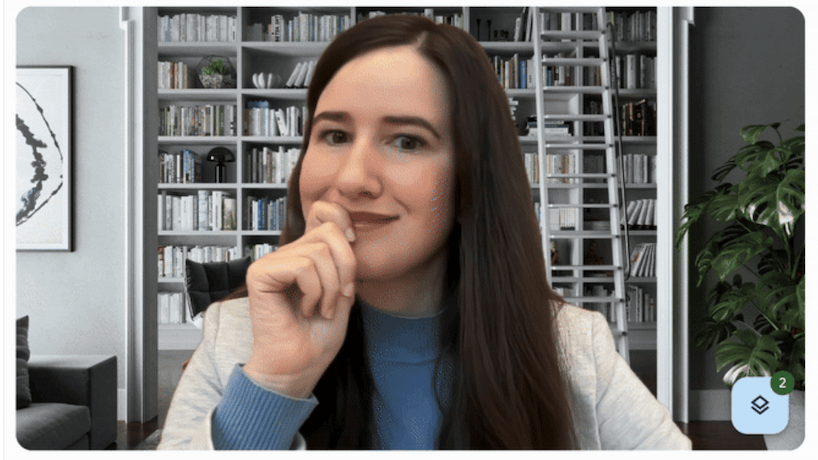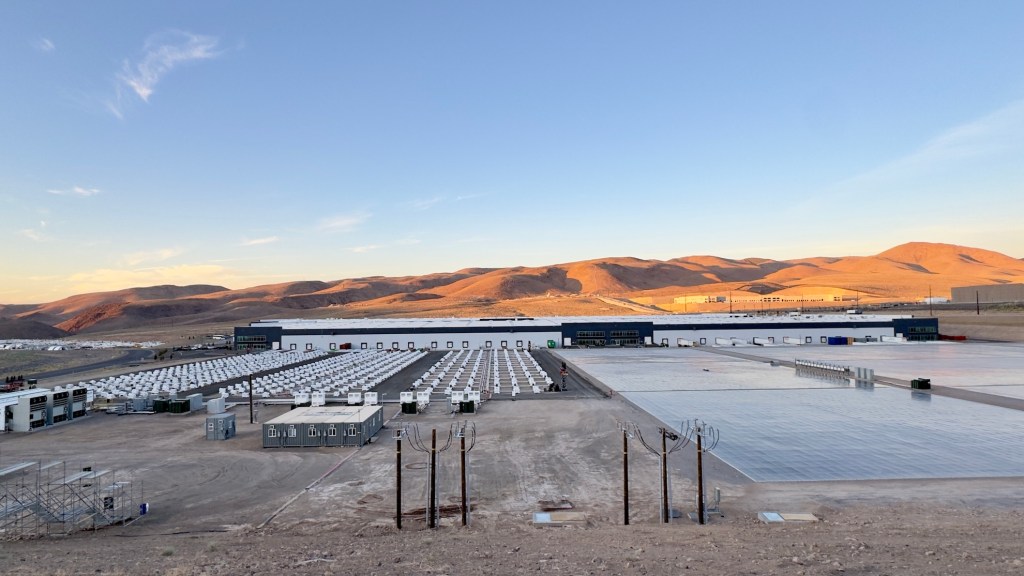In a significant enhancement to its video conferencing platform, Google Meet has unveiled an AI-driven virtual makeup feature, allowing users to apply digital cosmetics during meetings. This addition aims to provide users with a polished appearance without the need for physical makeup application, aligning Google Meet with competitors like Microsoft Teams and Zoom, which have already integrated similar functionalities.
Feature Overview
The new virtual makeup feature offers users a selection of 12 distinct makeup styles. These options are accessible within the Appearance section under Portrait touch-up, a feature that has been available since 2023. Previously, Portrait touch-up provided users with tools such as complexion smoothing, under-eye lightening, and eye whitening. The introduction of virtual makeup expands these capabilities, offering a more comprehensive suite of appearance-enhancing tools.
Seamless Integration and Realism
A standout aspect of this feature is its ability to maintain the virtual makeup’s position relative to the user’s face, regardless of movement. This ensures a natural and consistent appearance throughout the video call. For instance, if a user takes a sip of coffee, the makeup remains perfectly aligned with their facial features, avoiding any unnatural shifts or distortions.
User Control and Customization
The virtual makeup feature is disabled by default, granting users full control over its activation. It can be enabled either before or during a video call, allowing for flexibility based on individual preferences. Once a makeup style is selected, Google Meet retains this choice for subsequent meetings, streamlining the user experience and ensuring consistency.
Rollout and Accessibility
The rollout of this AI-powered feature commenced on October 8, 2025, and is available on both mobile and web platforms. This broad accessibility ensures that users across different devices can benefit from the enhanced functionality.
Context and Industry Trends
The integration of virtual makeup into video conferencing platforms reflects a broader industry trend towards enhancing user experience through AI-driven personalization. In October 2023, Google Meet introduced the Portrait touch-up mode, offering subtle cosmetic adjustments to users’ appearances. This move was in response to the growing demand for features that allow users to present themselves confidently in virtual settings.
Competitors have also recognized the value of such features. Microsoft Teams, for instance, partnered with Maybelline in 2023 to introduce digital makeup options, enabling users to experiment with various looks during meetings. Similarly, Zoom has incorporated virtual backgrounds and touch-up features to enhance user appearance and engagement.
Technical Considerations
Implementing virtual makeup in real-time video conferencing presents several technical challenges. Ensuring that the digital makeup adheres accurately to facial features, regardless of lighting conditions or user movement, requires sophisticated AI algorithms and real-time processing capabilities. Google’s approach leverages advanced facial recognition and machine learning techniques to deliver a seamless and realistic user experience.
User Privacy and Data Security
As with any feature that processes user images, privacy and data security are paramount. Google has emphasized that the virtual makeup feature operates entirely on-device, ensuring that user images are not transmitted or stored externally. This approach aligns with best practices in data privacy, providing users with confidence in the security of their personal information.
Future Prospects
The introduction of AI-powered virtual makeup in Google Meet is likely just the beginning of a series of enhancements aimed at improving virtual communication. Future developments may include more personalized makeup options, integration with third-party beauty brands, and even virtual hairstyling features. As AI technology continues to evolve, the potential for creating more immersive and personalized virtual meeting experiences is vast.
Conclusion
Google Meet’s new AI-powered virtual makeup feature represents a significant step forward in enhancing user experience in virtual meetings. By offering a range of customizable makeup options that maintain realism and consistency, Google Meet empowers users to present their best selves without the need for physical makeup application. This development not only aligns Google Meet with industry competitors but also sets the stage for future innovations in AI-driven personalization within video conferencing platforms.



